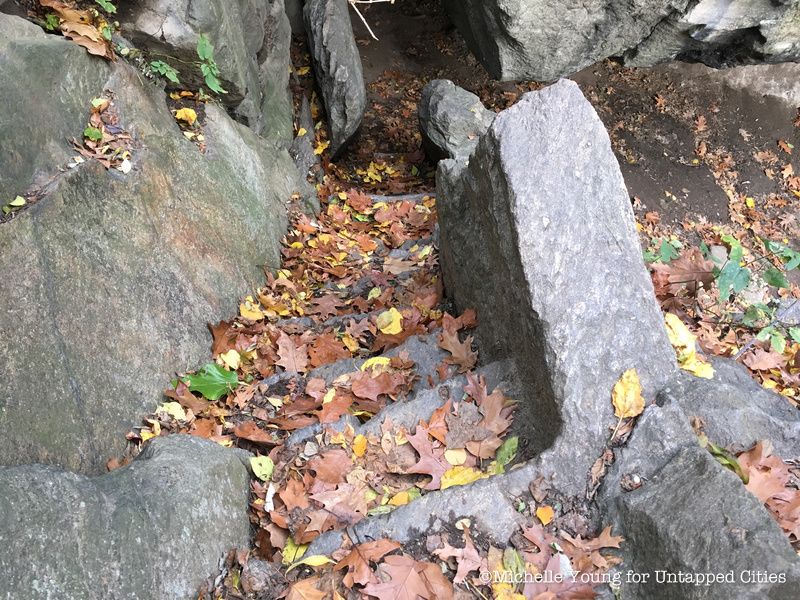The Berkshires Bowling Alley that Inspired "The Big Lebowski"
It’s been 36 years since the release of The Big Lebowski, the irreverent cult comedy by Joel and Ethan



The Ramble, a 38-acre woodland in the middle of Central Park, is a quiet oasis away from the busy city. Here — between 73rd and 79th Streets — Central Park is at its most naturalistic, with walking paths winding through the trees and abundance of flora and fauna. Its lush woodlands are ideal for those looking to get lost in greenery, but they also conceal one of our favorite “Untapped” secrets: a hidden cave.
On our upcoming Secrets of Central Park Walking Tour, we’ll discover more fun facts about one of New York City’s most beloved urban parks. Join us for the next event this Sunday:
Secrets of Central Park Walking Tour
Also known as the Indian Cave, The Ramble Cave was not part of Frederick Law Olmsted and Calvert Vaux’s “Greensward Plan,” which was selected as the winning design for Central Park. Instead, during the construction of a walking path within The Ramble, a large deposit of soil was discovered on the north side of The Lake, and removed, leaving behind a narrow cavity.
To incorporate the cavity into Olmsted and Vaux’s design, large rocks were placed around it, creating a natural-looking archway. A narrow staircase, made of rugged stone, was also constructed, leading down into the cave from the walking path.
Upon its completion, the site became a popular attraction, and evidence of early Native American inhabitants was reportedly found within (hence the nickname “The Indian Cave”). (Atlas Obscura, however, reports that evidence of this is hard to find.)
Unfortunately, in the early 1900s, the cave was the site of several crimes and at least one suicide. In 1904, for example, the police discovered the body of a young man on the cave’s stone steps. According to the story, he had shot himself with a pistol and his clothes were reportedly on fire. Then, in 1929, The Times reported that 335 men had been arrested for “annoying women” in the park, especially at the cave, which was described as a “hot spot” for such activity.
Eventually, the cave became too dangerous to maintain. In the 1930’s, the entrance by the lake was sealed off with large bricks and the archway was made to look like a hill. Though inaccessible to visitors today, the cave’s stone staircase is still visible from the path above, adding a feeling of mystery to the area. On your next visit to the park, make sure to look for it on the west shore of the Ramble, north of Gill Bridge and south of the Oak Bridge.
Also join us for our tour this weekend and rediscover Central Park through new lens:
Secrets of Central Park Walking Tour
Next, check out other fascinating secrets about Central Park and read about Central Park’s 1,600 Lamp Posts Serve as Secret Navigational Devices.
Subscribe to our newsletter